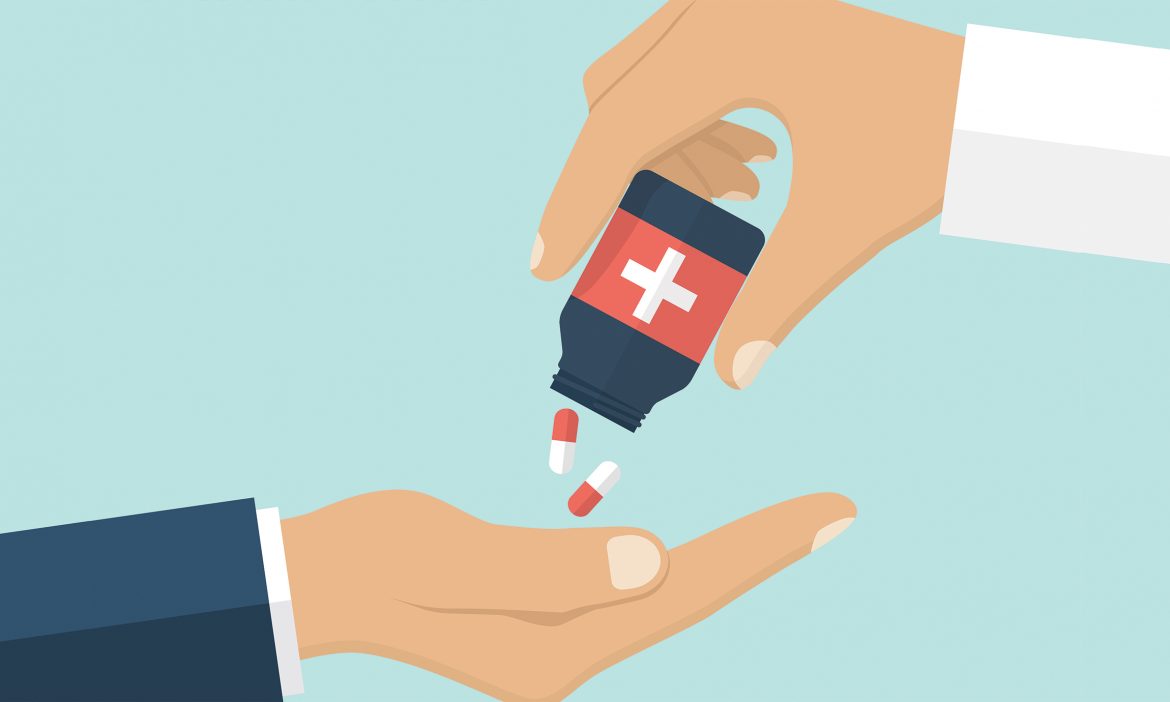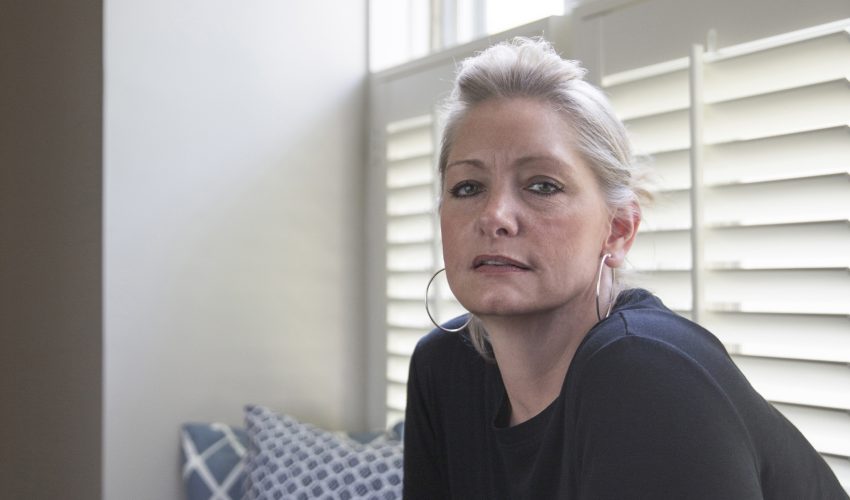Prescription opioids have a true and necessary purpose.
Doctors prescribe them to patients who are experiencing pain.
On the other hand, physicians are well aware of what opioid abuse and addiction does to the body.
As the problem of prescription drug abuse grew into near epidemic levels, the Tennessee Department of Health (TDH) recognized the need to give the state’s physicians guidance in balancing their patients’ needs with the effort to minimize opioid use.
Better Tennessee spoke to Dr. Mitchell Mutter, Director of Special Projects for TDH, who oversaw the creation of the state’s Chronic Pain Guidelines, presented in 2014, to help doctors make that transition in treatment.

Better Tennessee: Is it a possibility that people who need opioids to control chronic pain will no longer have access to them?
Dr. Mutter: The No. 1 thing we say in the Chronic Pain Guidelines is that we should improve function.
If you are bedridden or wheelchair-bound, or can’t play with your grandchildren due to severe pain, but can do so with medication, that’s great.
We are promoting appropriate pain management, with treatment customized to each patient.We aren’t trying to take medicine away from people who need it.
BT: How can doctors help these patients?
Dr. Mutter: When doctors present a treatment plan, the goal should be improving function first, and mitigating pain secondarily.
The patient has to understand that medications cannot eliminate pain.
We need primary care doctors who continue to prescribe medication for pain — not everyone needs to see a pain specialist.For example, if an older patient is benefiting from taking low-dose pain medications, their primary care doctor or neurologist will know that patient better than a pain clinic will, and will adjust the medication as necessary.
We also need to destigmatize the treatment of pain.
My twin brother died from lung cancer — he never smoked, but he was exposed to Agent Orange in Vietnam.
He started out taking half of a hydrocodone and would say, ‘I don’t understand why people take all those pain medicines.’ But in the end, he was taking all those pain medicines.
He had metastatic disease in his bones and was taking the fentanyl patch, oxycodone and others like that. He was desperate for relief. Yet when he went to the pharmacy to get his medications he felt like a criminal.
And that attitude comes from the stigma associated with pain clinics that have been closed down because their waiting rooms were filled with young people who were clearly in no pain, but were there to get drugs.

BT: Is getting rid of pain clinics a goal?
Dr. Mutter: Pain medicine clinics are an essential part of the spectrum of specialty care, just like cardiology clinics are part of the spectrum of specialty care.
Primary care providers need pain medicine specialists to help with the more complex patients. Legitimate pain medicine clinics manage pain and are not just writing prescriptions.
We will be coming out with guidelines specifically for pain clinics by next year.
Those will advise multimodal therapy, including:
- Physical therapy
- Cognitive behavioral therapy
- Acupuncture
- Massage therapy and a whole host of available options.
The key is to increase access to appropriate pain management, which includes safe and effective therapies that do not rely on medications.
When people are taking increasingly higher doses of medication and it is not doing them any good, there’s a very real danger they may become addicted, which is often a life-threatening, chronic, relapsing disease.
Treatment of addiction is often effective, but can be very difficult.
BT: How does the medical community make that shift in thinking about treating pain?
Dr. Mutter: Some people are more prone to addiction, and all people are at some risk.
Based on that knowledge, but not knowing exactly who is at highest risk, as doctors, we say, “First, do no harm.”
So the question is, “Given the new information about the very real risks of addiction, overdose and overdose deaths, how do we prudently balance the modest benefits to some patients with the significant risks to many patients?”
We must turn the prescription spigot down and actively screen for addiction in order to get people treatment.



